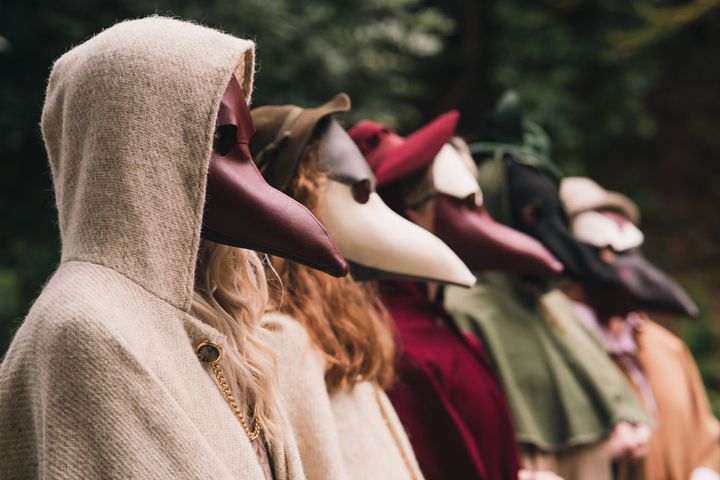A bald eagle is recovering at the Atlantic Wildlife Institute after finding itself caught in a coyote snare — something that the institute says is not a new occurrence. "We have seen it before, where we've had other eagles, bald eagles — and even a golden eagle some years back — that were caught in the snares and either caught around their neck, or we had one that came in that still had the snare embedded around its wing ," Pam Novak, director of wildlife care, said. The eagle, which was found in the Renous area, was sent to the institute to recover, which will be a slow process, she said.
Snares are one type of method used by harvesters to trap fur-bearing animals, such as coyotes. These animals are then used in fur products, such as clothing. Snares, such as this one for coyotes, require a licence to set.
Some animal rights groups have advocated for the banning of these traps because they can sometimes catch non-target species, such as eagles. (Submitted by Patricia Oulton) Fur harvesting is regulated by the New Brunswick government and regulations differ across Canada. Harvesters require a licence and must abide by the rules laid out by the government.
But trapping for fur has long been criticized by animal rights groups who want such snares and traps banned. The Department of Natural Resources did not provide an interview about trapping and snaring and whether regulations could change in the future, but Valerie Kilfoil, a spokesperson for the department, said in an .


















